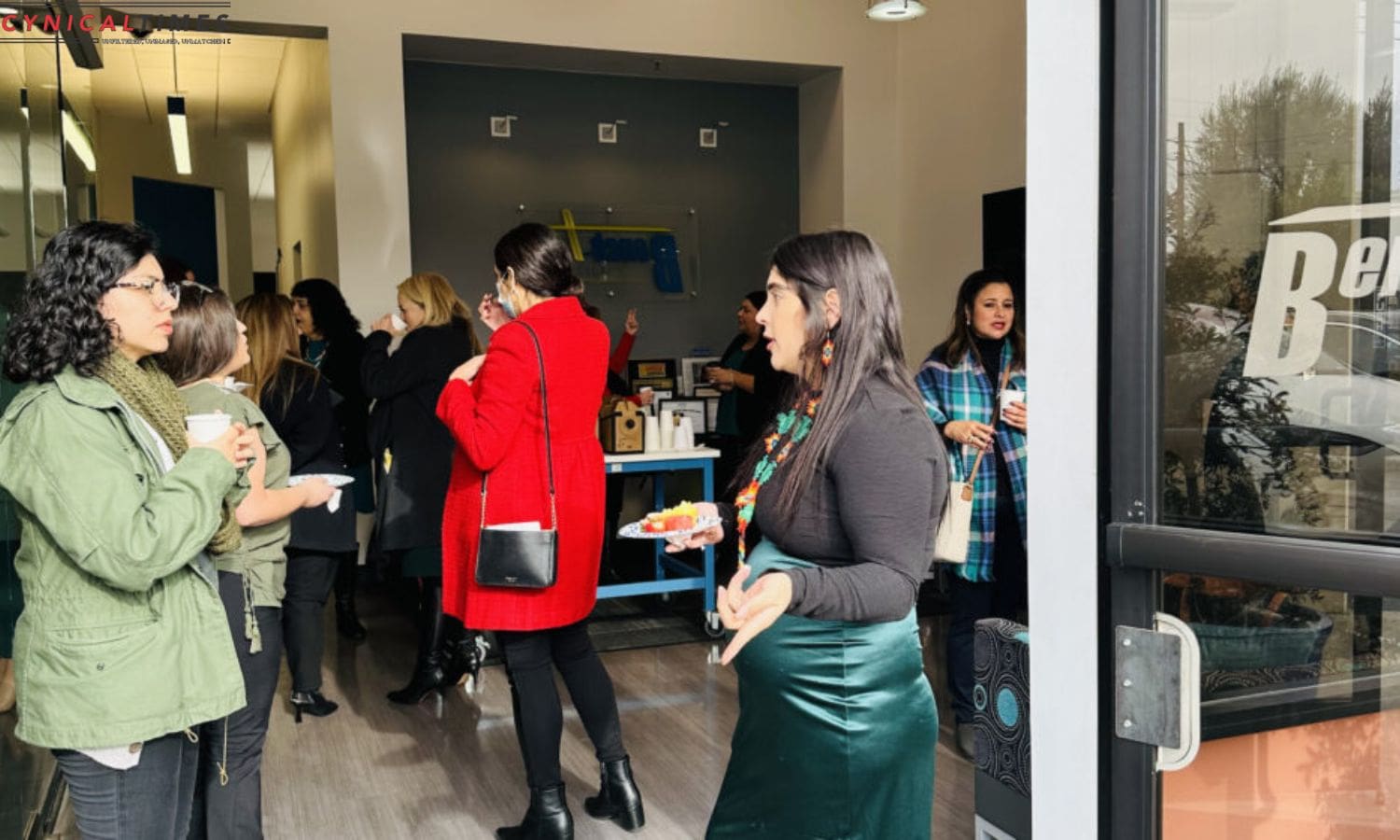Silicon Valley Boardroom Divide Latinos: The underrepresentation of Hispanics and Latinos on nonprofit boards in San Jose is a significant issue, as highlighted by data from Latinos LEAD. Despite comprising over a third of the city’s population, Latinos make up only 12.5% of nonprofit board members in the San Jose metro area, including Santa Clara and Sunnyvale.
Limited access to professional networks and a lack of targeted recruitment efforts contribute to this disparity, according to the data. Gabriela Chavez-Lopez, the executive director of the Latina Coalition of Silicon Valley, points out that the absence of minorities in boardrooms is not just due to a shortage of professionals but also reflects a lack of inclusivity and recognition of diverse lived experiences as assets.
The data reveals a notable absence of Latino members on the boards of health and human services nonprofits, with 11 out of 38 organizations having no Latino representation. A similar trend is observed in the housing and homelessness sector, where six out of 11 organizations lack Latino board members.
Former San Jose Mayor Ron Gonzales, now the president and CEO of the Hispanic Foundation of Silicon Valley, emphasizes the need for concrete plans and objectives to address this issue. He warns that pledges without specific, measurable goals are ineffective, urging organizations to commit to diversifying their boards within a defined timeframe.
![]()
![]()
Also Read: Santa Clara County Drives Into a Green Future: Carbon-Neutral Fleet by 2030!
The 2023 Silicon Valley Pain Index further underscores structural inequalities, highlighting that only 2% of Latinas are in the tech sector, despite comprising nearly 13% of Santa Clara County’s population. Efforts to increase Latina representation in Silicon Valley’s hiring pipeline face persistent biases and roadblocks.
Kyra Kazantzis, CEO of the Silicon Valley Council for Nonprofits, acknowledges the disappointing but unsurprising findings from Latinos LEAD. She notes that board recruitment often relies on relationships, potentially perpetuating biases if the existing board is predominantly white.
While some nonprofits have taken steps to address the issue, such as the Silicon Valley Council for Nonprofits creating a racial equity pledge, challenges persist. Chavez-Lopez advocates for broader recruiting practices and leadership training to introduce diverse perspectives, echoing the call for accelerated action by Gonzales. The Hispanic Foundation of Silicon Valley has actively trained Latino professionals for nonprofit board positions, achieving a 70% increase in leadership among the 500+ trained professionals.
In conclusion, the underrepresentation of Hispanics and Latinos on nonprofit boards in San Jose reflects broader issues of inclusivity and diversity. Concrete actions, including targeted recruitment, leadership training, and measurable objectives, are crucial to addressing this disparity and ensuring that nonprofit boards better represent the communities they serve.

